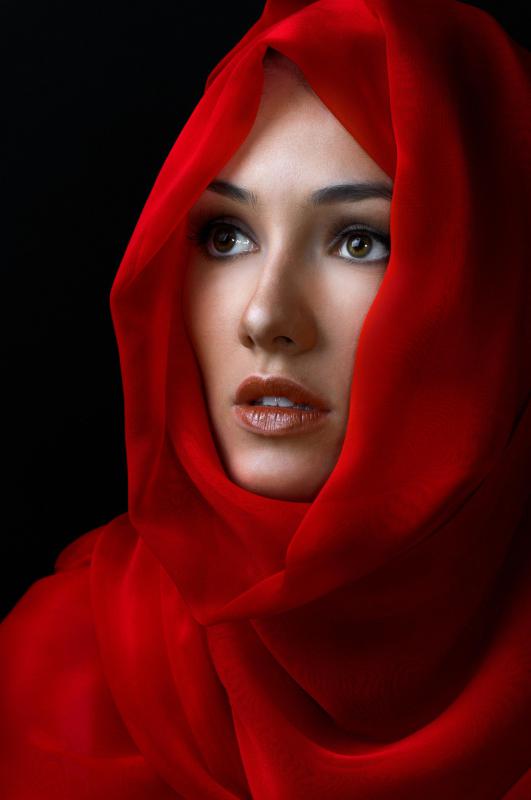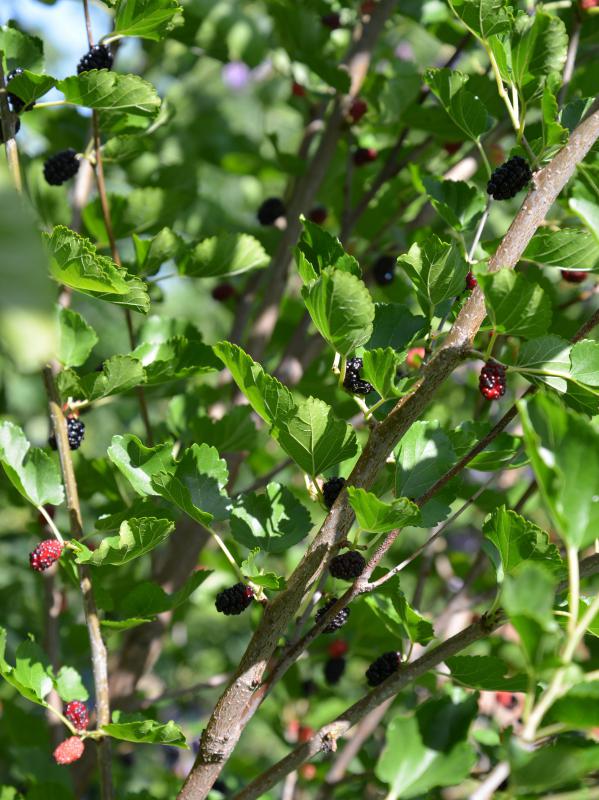At HomeQuestionsAnswered, we're committed to delivering accurate, trustworthy information. Our expert-authored content is rigorously fact-checked and sourced from credible authorities. Discover how we uphold the highest standards in providing you with reliable knowledge.
What is Silk?
Silk is a filament fiber formed from proteins secreted by Bombyx mori, or silkworms. Silkworms are not actually worms, but caterpillars, despite their common name. Humans have practiced silk production, which originated in China, for thousands of years. Highly prized for its softness, insulating properties, and strength, the fiber is a natural animal product and therefore quite expensive. Making it requires monitoring and feeding the silkworms constantly, and a great deal of effort results in a surprisingly small amount of thread.
China managed to keep the secret of silk for thousands of years, exporting the rare textile to Europe over trade routes. Eventually, silkworm eggs were smuggled out, and in the 13th century, production in the West began in Italy. This by no means brought the cost down, as the extensive amount of work required to make the fiber remained the same. The caterpillars from 30,000 eggs can end up eating 1 ton (about 907 kg) of mulberry leaves and producing 12 pounds (5.5 kilograms) of thread.

The manufacturing process begins when female silkmoths lay their eggs. A single moth may produce hundreds of tiny eggs, which are incubated until they hatch into larva. The larva must be kept warm and fed on mulberry leaves frequently throughout their brief lives. In four to six weeks, the larva have reached their maximum size and have mustered enough energy to pupate.

It is the pupation stage that produces silk, as the larva attach to branches and spin a shell around themselves. The shell is unique to insect pupation, formed by two spinnerets on the larva. The fluid they secrete is high in protein and forms a continuous thread, which is repeatedly wound to form a pod to mature in.
Unfortunately for the silkworm pupa, it is maturity that producers want to avoid. A small number of the larva are allowed to gestate into adults to carry on the lineage, while the rest are subjected to heat to kill the larva before they can begin to eat through the valuable thread. The pods are dipped into hot water to loosen the thread, which is then wound onto wheels. The dead larva are discarded.

Once raw silk has been wound onto wheels, it can be spun into a variety of different types of thread, depending upon the intended use. Crepe is made by twisting multiple strands together in different directions, while tram is made by twisting one to two threads in the same direction. Organzine is formed by twisting multiple threads together, switching direction, and repeating the process until the end of the thread.

Most wearers are familiar with all forms of the thread, with single threads being used for fine and sheer garments and crepe being used to create textured and wrinkly fabric. Organzine is used for warp threads in weaving, and tram creates the weft, or filling. The threads can also be used in knit fabrics.
Silk can be treated to remove roughness or left raw, depending on the demand. It takes dye well and is available in an array of colors, from subtle to bright. The textile appears in scarves, sweaters, underwear, shirts, and everything in between. Despite its low yield, production of the sought after textile is rising globally. Many consumers prefer this fiber for its comfort, insulating qualities, look, and feel.
AS FEATURED ON:
AS FEATURED ON:


















Discussion Comments
Where can I find silk?
I like Chinese silk and dupioni silk. I think dupioni is a style that was made in Italy. It's a very beautiful and high quality silk. Chinese silk is simple but very soft and shiny.
@anon303541-- There is a picture of a silkworm on the top left of this article.
I used to buy silk fabric but I'm not going to anymore. I didn't know that silkworm pupas are killed to obtain the silk. That's so cruel.
Silk fabric has also been one of status throughout history. Only the rich and influential have been able to afford silk in many cultures. So wearing silk has been a sign of prestige and wealth.
Back home, we don't wear silk everyday anymore (my family used to in the old days). But we do wear it on special occasions. For my wedding, which will take place back home in the summer, I'm going to be wearing a silk saree.
Where can I find a photo of silkworms?
I bought a silk scarf that cost me about £5. I later found out that because of its quality and how rare the design was, that my scarf was actually worth around £150!
Remember when wearing anything that is made of silk that it is *dry clean only*! If you throw your silk garments in the wash you are asking for disaster. Spend the money on great silk but make sure you take the time to care for it properly.
Sateen is a cotton imitation of satin. And, satin is usually made of silk, nylon or rayon with one shiny side and a dull side.
Post your comments